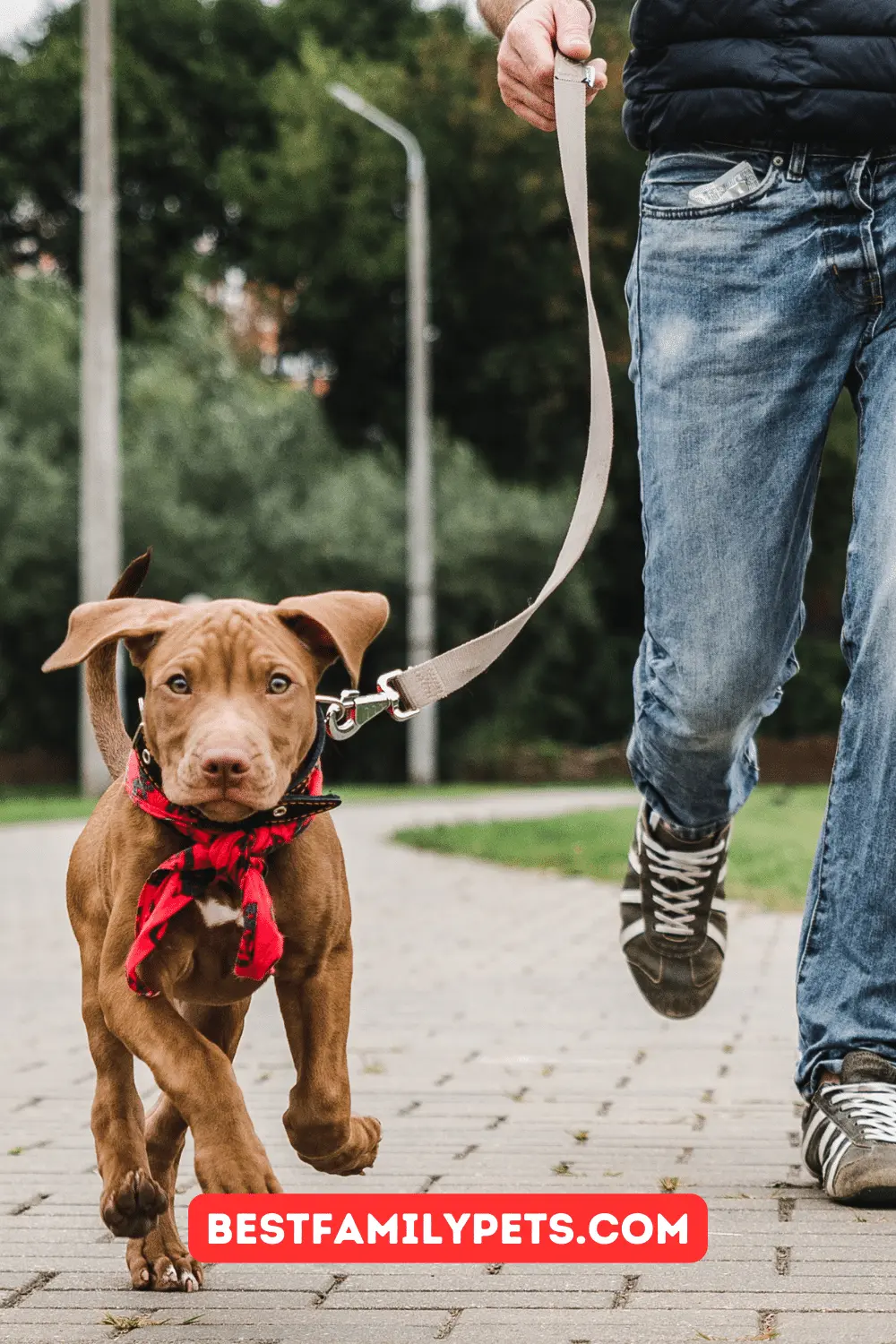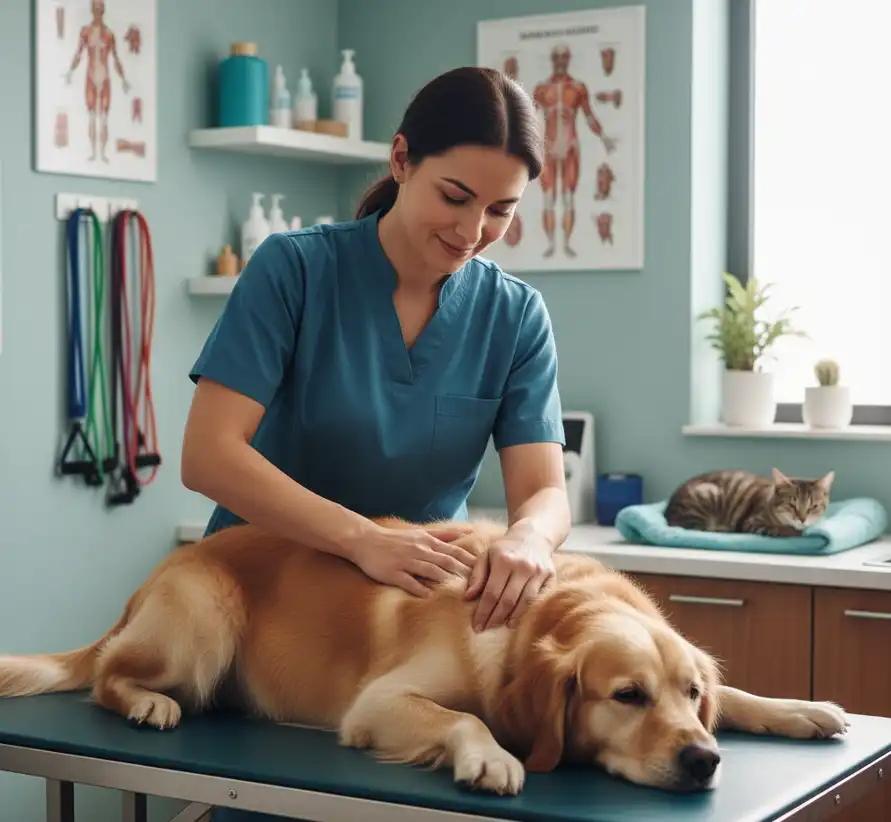Dog Walking Safety: Tips to Ensure a Safe and Enjoyable Walk
Explore essential dog walking safety tips to ensure a fun, secure outing with your furry friend. Perfect guide for responsible pet owners!
Walking your dog is more than just a routine task; it’s a cherished activity that provides exercise, mental stimulation, and bonding time for both you and your furry friend. However, ensuring the safety of your dog during walks should be a top priority. From traffic hazards to unpredictable encounters with other dogs, there are various potential risks that need to be managed. In this comprehensive guide, we’ll explore essential tips to ensure a safe and enjoyable dog walking experience for you and your beloved canine companion.
Preparing for the Walk
1. Choose the Right Equipment
Selecting the right equipment is the first step in ensuring a safe walk:
- Leash: Use a sturdy, well-fitting leash that is appropriate for your dog’s size and strength. Retractable leashes may provide flexibility but can be challenging to control in emergencies. A standard 4-6 foot leash is often a safer choice.
- Harness or Collar: Depending on your dog’s breed and behavior, consider whether a harness or collar is more suitable. A harness can provide better control and prevent strain on your dog’s neck, especially for breeds prone to tracheal issues.
- ID Tags: Ensure your dog wears identification tags with up-to-date contact information. This is crucial in case your dog gets lost during a walk.
2. Pre-Walk Check
Before setting out on your walk, take a few moments to:
- Inspect Equipment: Check the leash, collar or harness, and any attachments for signs of wear or damage. Ensure everything is in good working order.
- Prepare Waste Bags: Bring an ample supply of waste bags to clean up after your dog. Responsible waste disposal is not only courteous but also essential for the environment and hygiene.
- Secure Personal Items: Secure any personal items, such as your phone, keys, or wallet, in a bag or pocket to avoid distractions during the walk.
3. Plan the Route
Consider the route you’ll take for the walk:
- Safe Areas: Opt for routes that are safe for walking with dogs. Avoid busy streets with heavy traffic and opt for parks, trails, or sidewalks where dogs are welcome.
- Known Routes: Familiarity with the route is beneficial. Knowing the terrain, potential hazards, and nearby facilities can help you anticipate and manage situations.
During the Walk
4. Leash Control
Maintaining control of the leash is essential for your dog’s safety:
- Proper Grip: Hold the leash securely with both hands. A firm grip allows you to react quickly if necessary.
- Avoid Wrapping: Avoid wrapping the leash around your hand or wrist, as this can lead to injury if your dog pulls suddenly.
- Leash Length: Keep the leash at a manageable length, allowing enough freedom for your dog to explore but not so much that they can dart into danger.
5. Stay Aware
Stay vigilant and attentive while walking your dog:
- Scan the Environment: Continuously scan your surroundings for potential hazards, such as approaching traffic, other dogs, or unfamiliar people.
- Observe Your Dog: Pay attention to your dog’s body language. If they become anxious, aggressive, or overly excited, be prepared to react accordingly.
- Use Verbal Cues: Use verbal cues to communicate with your dog. Commands like “heel,” “sit,” and “stay” can help maintain control in various situations.
6. Maintain Distance
Not all dogs are comfortable with close encounters:
- Approaching Other Dogs: If you encounter another dog, ask the owner if it’s okay for the dogs to interact. Keep a safe distance until you receive confirmation.
- Avoid Crowds: In crowded areas, such as festivals or markets, consider whether it’s best to keep your dog at home. Large crowds can be overwhelming and stressful for some dogs.
7. Be Mindful of Traffic
Traffic safety is paramount during walks:
- Cross Streets Safely: Always use crosswalks and obey traffic signals when crossing streets. Wait for the signal to indicate it’s safe to proceed.
- Use Reflective Gear: If walking in low-light conditions, use reflective gear for both you and your dog. This increases visibility and reduces the risk of accidents.
- Stay on the Sidewalk: Walk on the sidewalk whenever possible to avoid oncoming traffic. If there is no sidewalk, walk on the side of the road facing traffic.
8. Be Prepared for Encounters
Not all encounters during walks are predictable:
- Stray Animals: Be cautious when encountering stray or unleashed dogs. Keep a safe distance, remain calm, and slowly continue on your way.
- Wildlife: In some areas, you may encounter wildlife like squirrels, rabbits, or birds. Keep an eye on your dog to prevent them from chasing or approaching wildlife.
- Children: Some children may be unfamiliar with dogs or fearful of them. Be prepared to manage these situations by maintaining control of your dog and educating children on appropriate behavior around dogs.
9. Avoid Distractions
Stay focused on your dog and your surroundings:
- Put Away Your Phone: Avoid texting, calling, or browsing on your phone during the walk. Distractions can lead to accidents or missed cues from your dog.
- Limit Earphones: If you enjoy listening to music or podcasts during walks, keep the volume at a level where you can still hear approaching vehicles and other potential hazards.
After the Walk
10. Check for Ticks and Debris
After your walk, take a few moments to:
- Inspect for Ticks: Check your dog for ticks, especially if you’ve been walking in areas with tall grass or woods. Prompt tick removal is essential to prevent disease transmission.
- Remove Debris: Look for any debris like burrs, thorns, or small stones in your dog’s paws or fur. These can cause discomfort or injury if left unattended.
11. Stay Hydrated
Ensure that your dog remains hydrated during and after the walk:
- Water Breaks: Offer your dog water breaks during longer walks, especially on hot days. Carry a collapsible water bowl and a supply of fresh water.
12. Post-Walk Exercise
Engage in post-walk exercise or playtime:
- Cool Down: Allow your dog to cool down gradually after the walk. Gentle stretching or a short play session can be enjoyable and helps prevent muscle stiffness.
13. Positive Reinforcement
Reinforce positive behavior during and after walks:
- Reward Good Behavior: Use treats and praise to reward your dog for walking calmly, obeying commands, or demonstrating good behavior during the walk.
- Consistency: Consistency in rewarding positive behavior can encourage your dog to continue exhibiting desirable conduct during future walks.
Conclusion
Walking your dog should be an enjoyable and enriching experience for both you and your furry companion. By following these safety tips and remaining vigilant throughout the walk, you can reduce the risks associated with outdoor excursions and create a safe environment for your dog to explore and exercise. Remember that safety should always come first, and a well-prepared and cautious approach to dog walking can lead to countless enjoyable walks together for years to come.
You may also like these:
-

How Adding Medical Massage Can Expand a Veterinary Practice
-


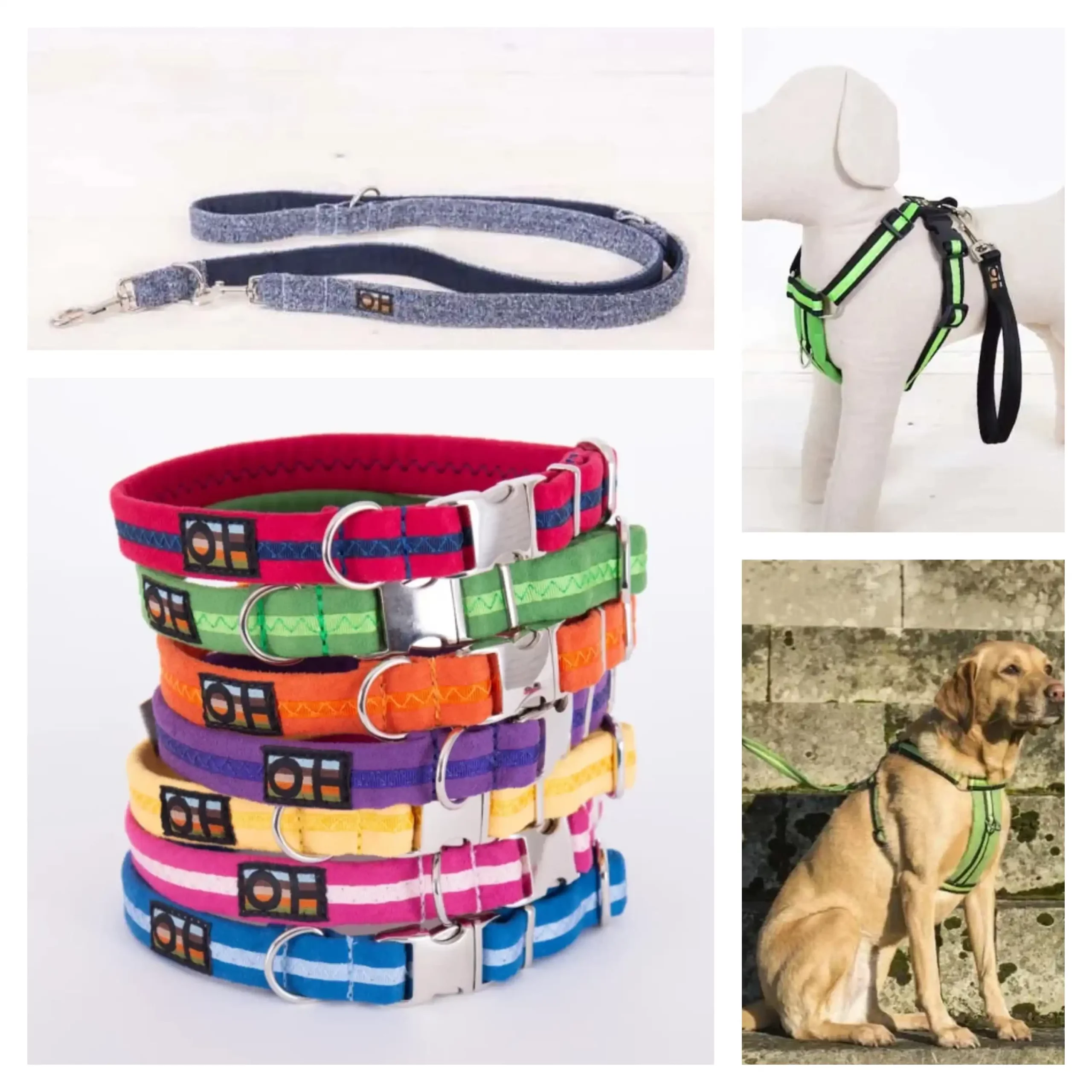
Oscar & Hooch Luxury Dog Accessories for Your Stylish Dogs
-



How to Use Puppy Training Pads Effectively
-


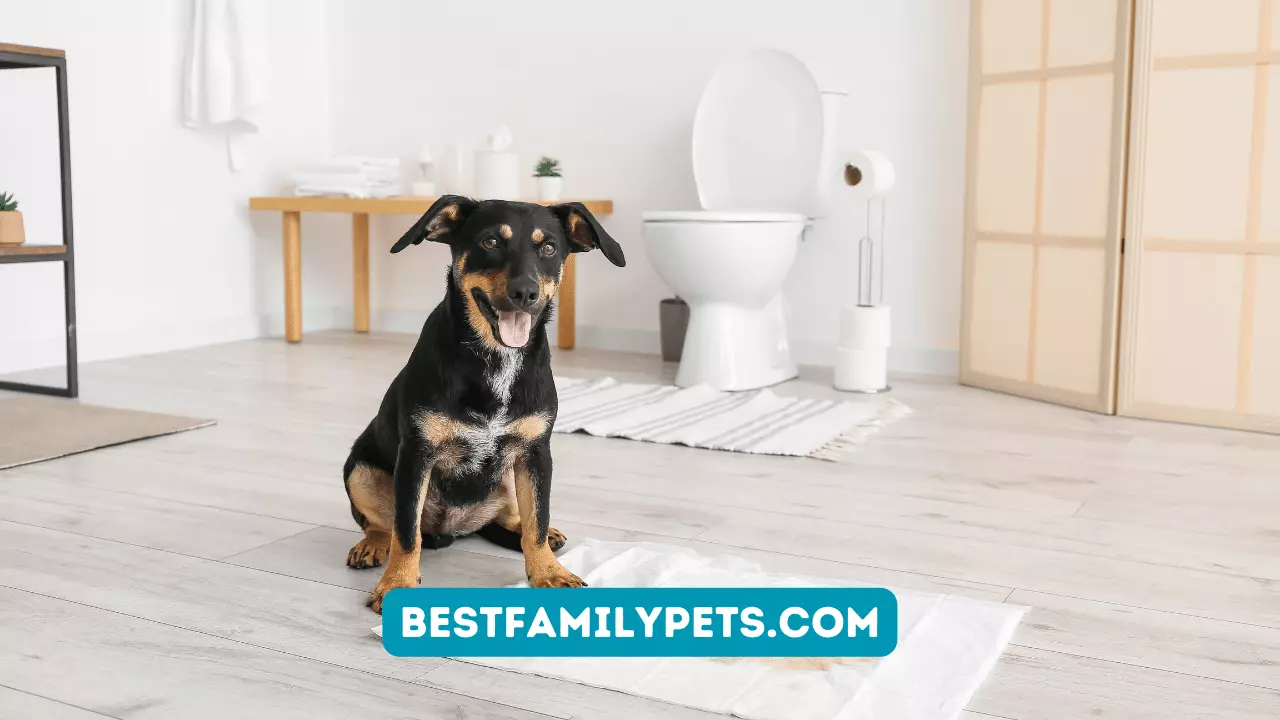
10 Cheapest Dog Training Pads for Tight Budgets
-



The Hidden Cost of Delaying Dog Training: Why Waiting Could Be Your Biggest Mistake
-



Feed the Beast Right: Why Pet Nutrition Isn’t Just Kibble and Luck
-


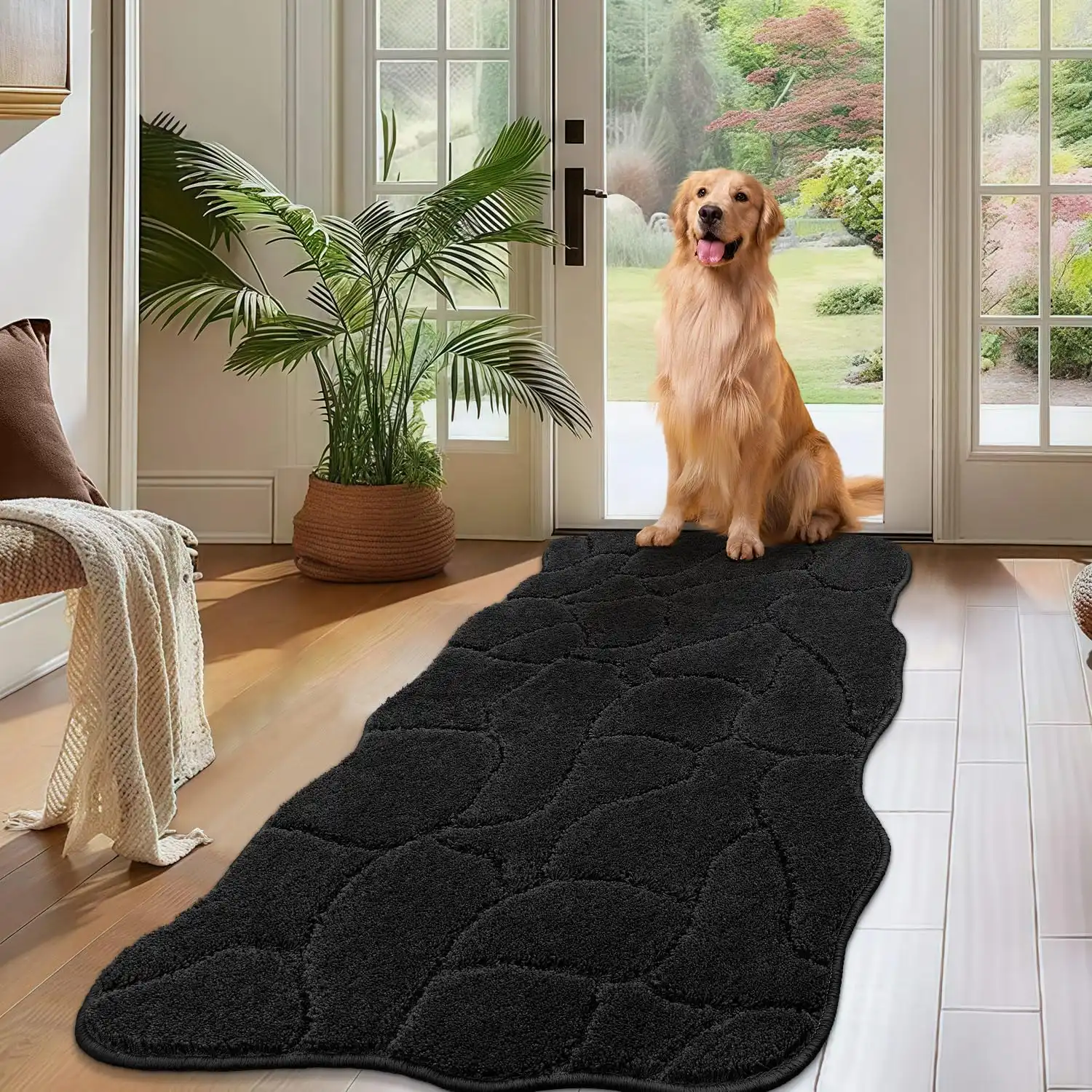
Large Dog Door Mat for Muddy Paws: A Must-Have for Pet Owners
-


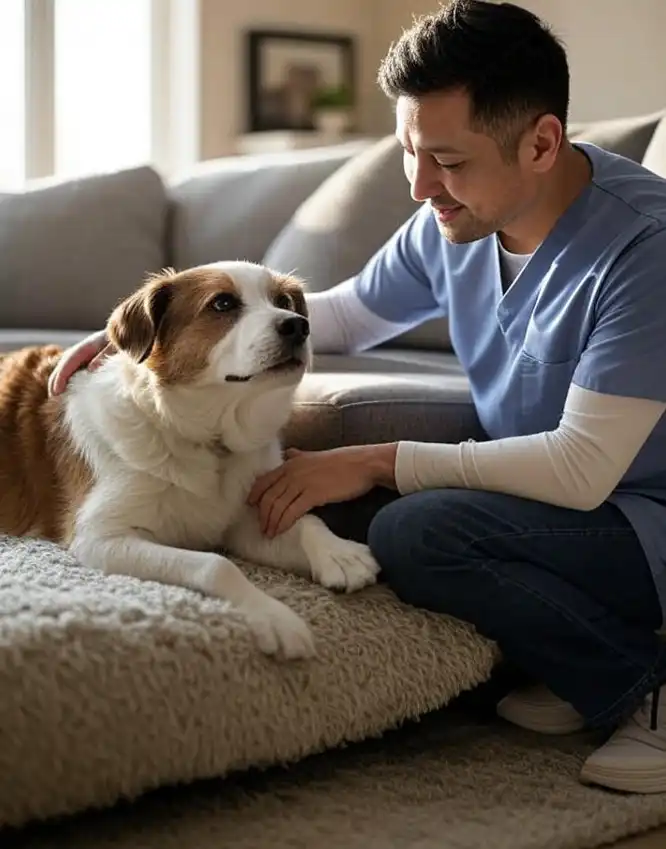
Pet Euthanasia in Gilbert: Compassionate Care Options
-


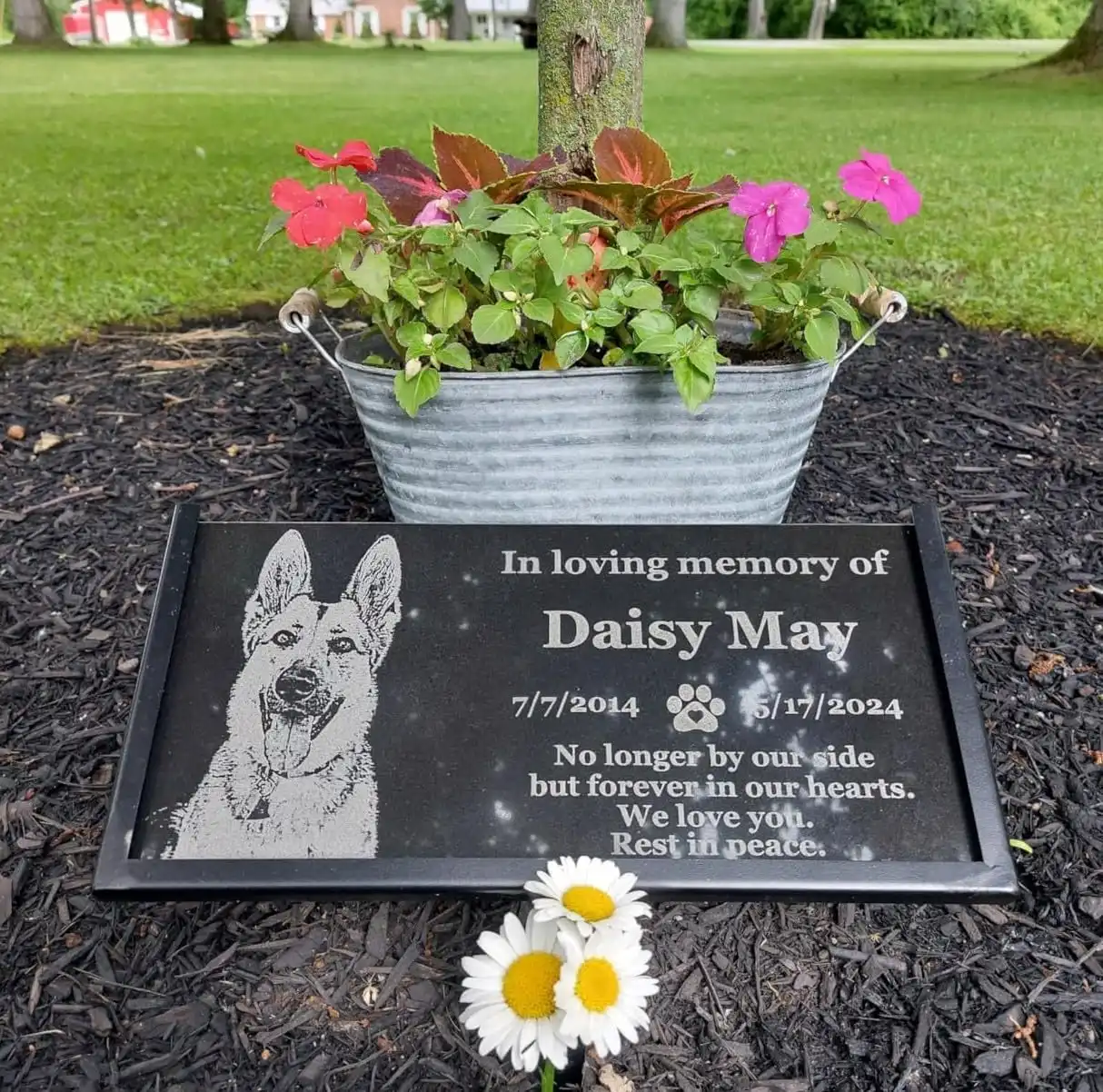
Memorial Plaque for Dog: A Heartfelt Tribute to Your Pet
-



Alaskan Omega-3 Fish Oil for Dogs: Benefits & Top Picks
-



Creative Ways to Manage Leftover Puppy Pads at Home
-


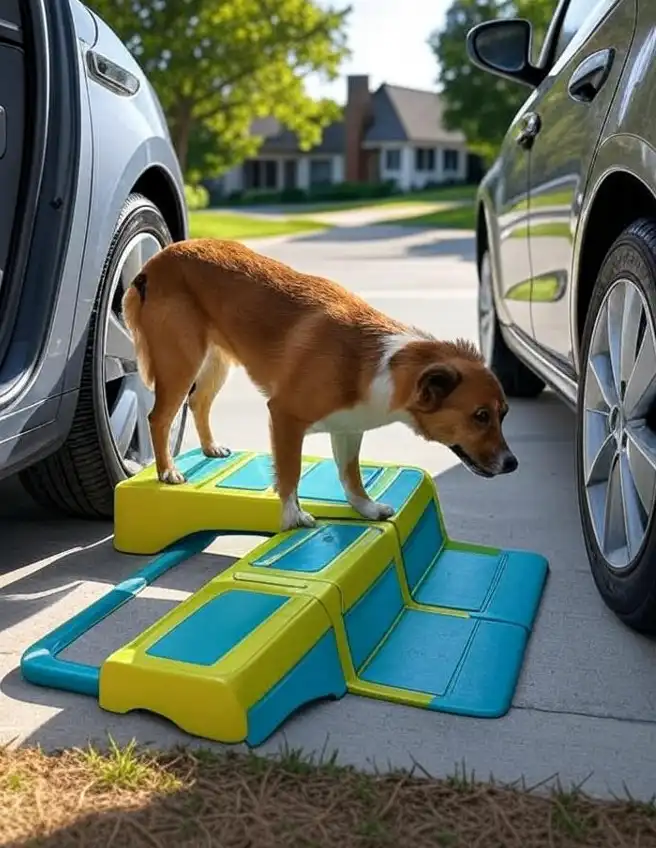
2025 Innovation Award: Dog Steps for Car by CreatureCops™
-



CollieBall: The Original Herding Ball Revolutionizing Play for Urban
-


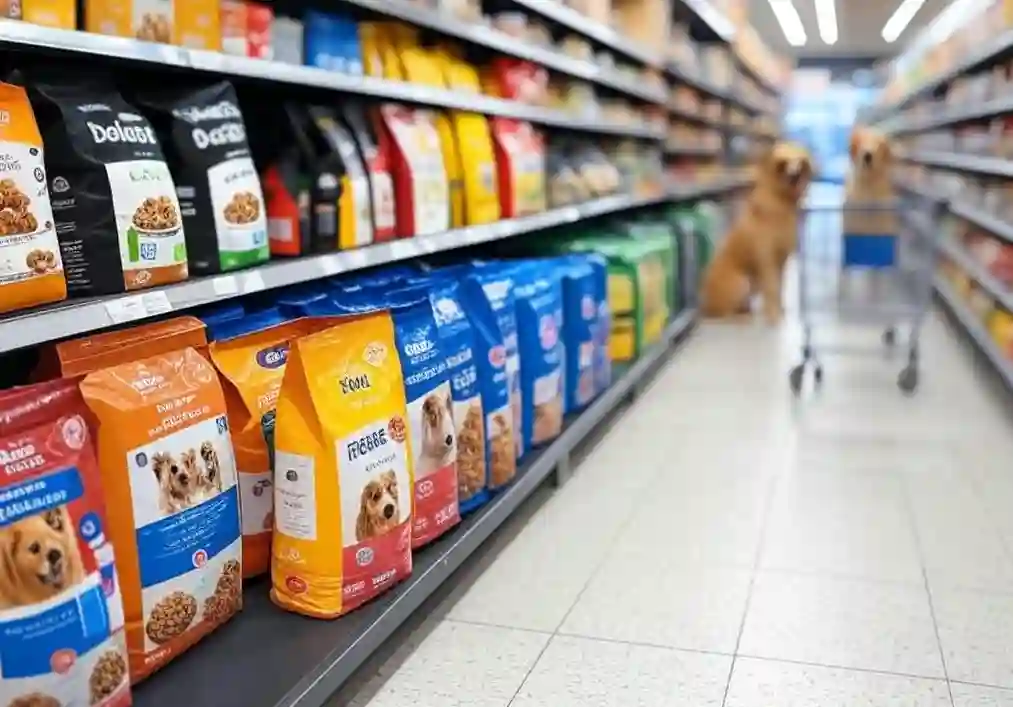
Finding the Best Dog Food Deals with Delicutu
-


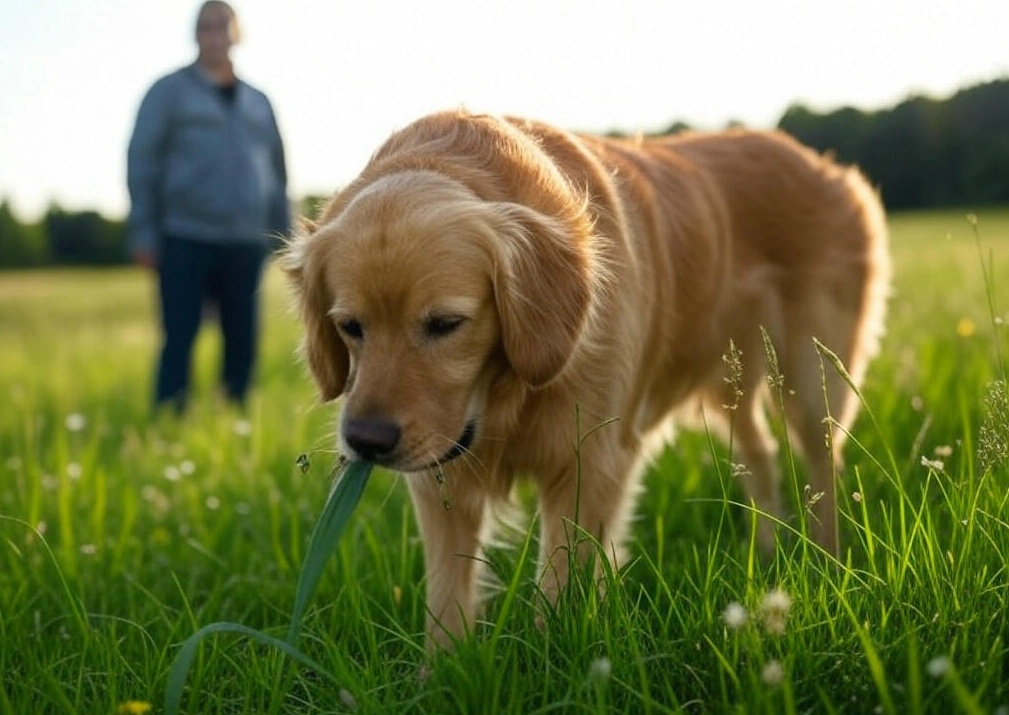
Why Does My Dog Eat Grass and Vomit? Causes, Concerns, and Solutions

